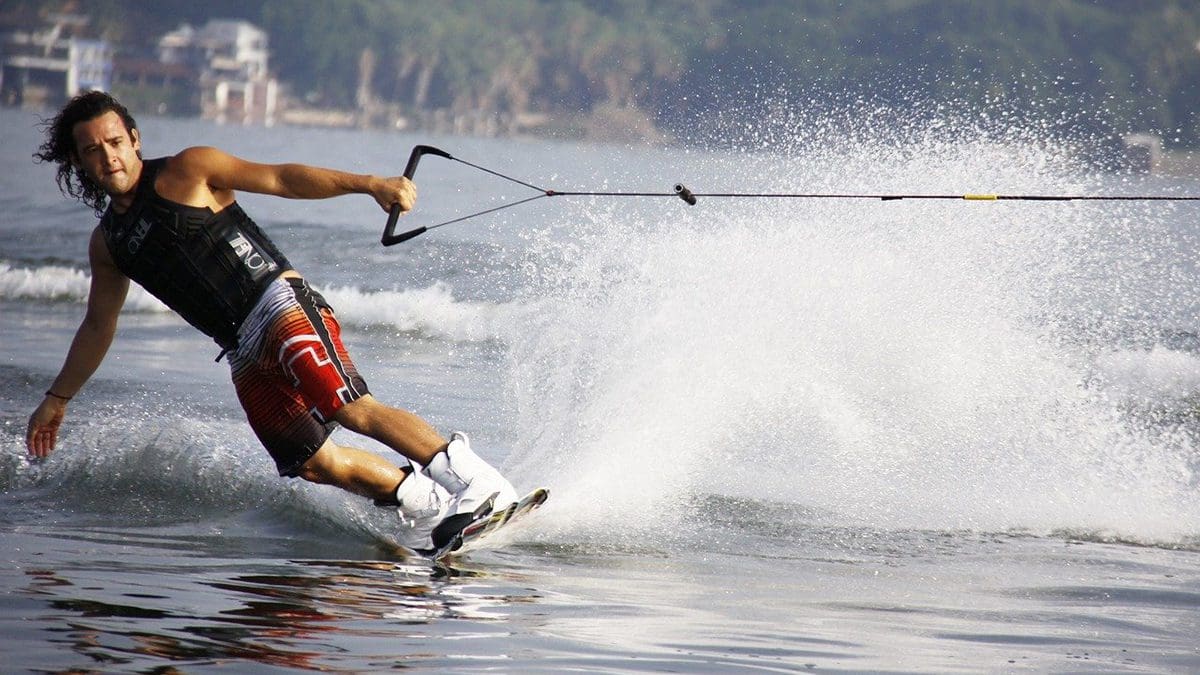Wakeboarding is a combination of snowboarding, water skiing, and surfing. It’s an excellent water sport for toning your whole body. Wakeboarding enhances your balance and improves flexibility. Besides being an exciting way to burn calories, it boosts your confidence in the water.
Before trying out wakeboarding for the first time, enroll in basic training lessons to reduce the risks of common injuries, including contusions, strains, abrasions, rib fractures, and lower back pain, increasing your safety in the water. This article outlines six wakeboarding tips for beginners.
1. Choose a beginner wakeboard
Consider comfort, durability, and stability when looking for a beginner wakeboard. Beginner wakeboards offer excellent predictability and stability, giving you a good learning platform. Some key design features and specs that can enable you to attain this include shape, rocker, and length. A beginner should go for longer boards, as the additional length helps with stability.
You’ll find smooth and continuous rocker designs on the best beginner wakeboards as they offer a more predictable feel on the water. Wakeboards for beginners are shaped with stability in mind instead of all-out air and speed. Look for a top-quality tower for your boat from reliable manufacturers like Aerial Wakeboarding to improve the quality, performance, and safety.
2. Let the boat driver know you’re a beginner
Beginning with slow, safe surf in water requires the boat driver’s support. Your talent and skill level impact the speed. During your basic training, you’ll learn about the best wakeboarding speed limits for beginners. So, tell your driver the speed to choose to ensure an excellent, smooth start.
3. Learn how to turn on a wakeboard
You can either turn on the heel side or toe side when wakeboarding. During a heel-side turn, put pressure on your heels and dig the board’s back edge into the water. The toe side turns imply that the pressure should be on your toes to dig the board’s front edge into the water. A toe-side turn is more challenging for most wakeboarders as it requires you to stand upright while leaning into the rope. You can arch your back to boost leverage.
4. Use a short rope
Shorter ropes are the best for beginners because they let you hear the instructions given by those in the boat. Short ropes also make standing up easier because they have less slack to work with. They also position you in the wake’s narrower part to make the water manageable. You can let the rope out as your skills improve and have fun cutting over and up the wake.
5. Avoid pulling the rope
While it’s natural for a beginner to try and pull the rope to stand, avoid doing this. This is because the boat pulls you from the water with less effort from your side. All you have to do is keep the body strong while allowing the boat to do the pulling. Try maintaining your eye focus on the distance to help you focus on the boat’s forward movement and lessen arm movement.
6. Be ready to fall
All beginners fall flat on their faces when starting. This shouldn’t demotivate you, as it’s part of the learning curve. While the wakeboarding learning phase may be steep, you can quickly get the hang of it.
Endnote
Wakeboarding, especially for beginners, can be challenging. So, learn what you need to know and use these wakeboarding tips for beginners to smoothen your learning process.
